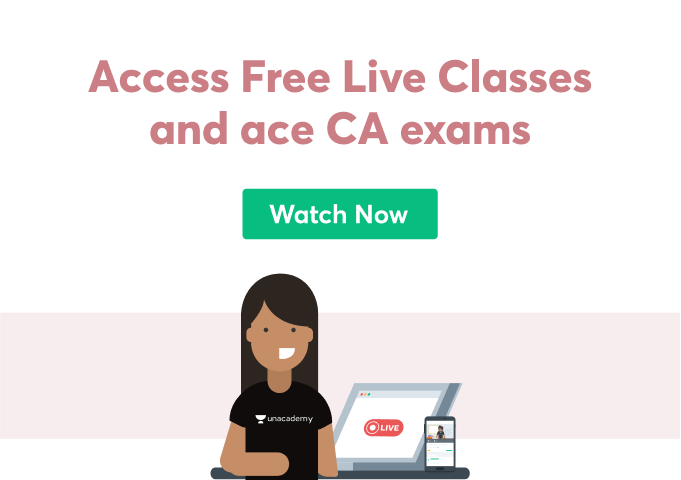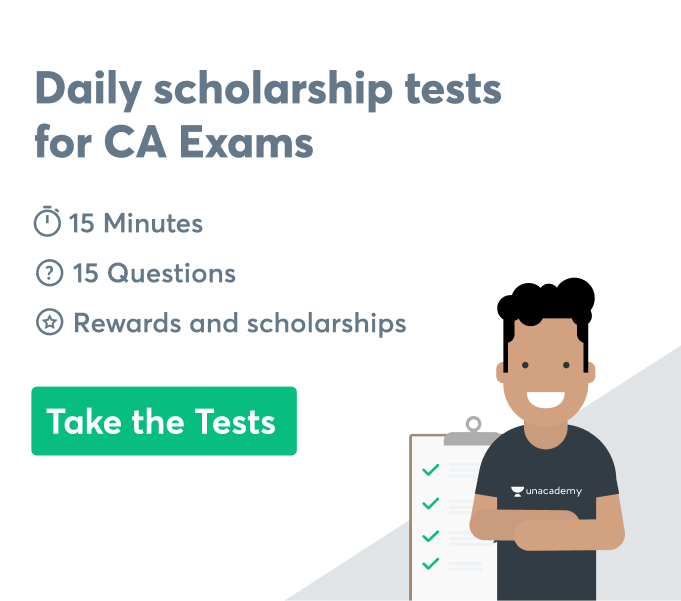As the name suggests, a formal email is an email that includes the use of formal language and follows proper rules of English writing standards compared to the other forms of email. Formal emails also have a specific way they are structured and delivered. The tone of the email is way more professional and to the point.
Formal emails are used in situations such as responding to a client, trying to get a contract with a new client, communicating with an official, and so on and so forth. One good thing about formal emails is that they follow the same structure.
The Format of a Formal Email
Unlike informal emails, which are much more carefree and not restrictive in their format, formal emails tend to follow a set structure and precise rules while being drafted. Since formal emails are to the point, they are comparatively short in length, so there are only three elements that need to be taken into consideration for its format:
- Introduction
The introduction of any formal email always depends on your relationship with the receiver. Regardless, any email should always start with a greeting, and the most appropriate greeting options we have in this case are: Dear Sir/Madam (if you are unaware of the recipient’s name) or in most cases ‘To whom it may concern.’
- Dear Ms/Mr/Mrs (followed by their last name)
Once you pass the greeting part, you need an introductory sentence that lets the recipient know why you are writing to them. This introductory sentence needs to be short and consistent with the subject of your email. Longer introductions usually discourage the receivers from continuing with the mail. After briefly introducing yourself, go forward with:
- I am writing regarding… (subject of the email)
- I am writing with reference to… (subject of the email)
- I am writing about… (subject of the email)
If you’re writing the email to convey some news/information:
- I am writing to inform you…
- I am pleased to tell you…(if you’re communicating a piece of good news)
- I regret to inform you…(if you’re communicating a piece of bad news)
If you’re writing the email as a response:
- I am writing in regards to…
- I am writing concerning…
- Body
There are no standard ways of writing the body of a formal email because the content of the body varies according to the message that needs to be communicated.
The basic rule of writing the body of a formal email is to make sure it is divided into small paragraphs and contains no abbreviations or acronyms to avoid confusion.
To end the mail, write a final invitation:
- For further information, contact the undersigned
- I am eager to receive feedback from you
- Please get in touch with me for any queries
- Conclusion
The best ways to end a formal email are:
- Warm wishes
- Regards
- Sincerely
- With gratitude
Steps to Write a Formal Email
- The subject line should be catchy. This includes focusing on your recipient, whether they are the head of a company or a salesperson, and your relationship with the recipient.
- The tone of the mail should be right. Even though formal emails are supposed to be professional, they don’t have to be strict.
- Don’t beat around the bush; stick to one key point to keep the recipient’s attention. Keep the niceties short because not only do they waste the time of the recipient, but they also don’t fit the formal tone of the email.
- Close your email as formally and politely as you started it. Also, keep in mind to use your first and last name while signing off with the addition of the name of your company and your designation.
Examples of Formal Mail
Example 1: Delay with delivery
Subject: Delivery delay
Dear Ms Evans,
I regret to inform you about a delay with your order number 27392007837. We will not be able to respect the given deadline for your order due to the bad weather, which has resulted in a pause on the supply from our supplier. We will continue to stay in touch with you through the mail and keep you updated on the situation. We hope you understand the situation and would like to thank you for your patience.
Please accept our apologies for this delay.
Kind regards,
…
Example 2: Applying for a job
Subject: Public speaking and communication tutor post
Dear Sir/Madam,
Regarding your job ad in the newspaper, I would like to send my application for the public speaking and communication tutor position.
I graduated with Bachelors (Hons.) in English from Delhi University and worked for five years as a school teacher. I consider my skills and experience to be what the position demands. I will gladly appear in an interview to better evaluate my skills for you.
Please find my resume attached to the mail below. I look forward to hearing from you.
Yours sincerely,
Conclusion
Writing a formal email does not have to be scary because it follows more rules than a casual one. Being consistent with the subject, keeping your tone warm but professional, and being brief to the point gets the work done for a formal email. Keep in mind who the recipient is and your relationship with the recipient. If you stick to these steps, use the right tone, and proper grammar, you will have an unfailing formal email at your disposal that you can send to anyone from your clients to the owner of the company you work at. Since formal emails follow the same structure, creating one perfect formal email can be used as a template for other formal emails you will send in the future.
 Profile
Profile Settings
Settings Refer your friends
Refer your friends Sign out
Sign out






